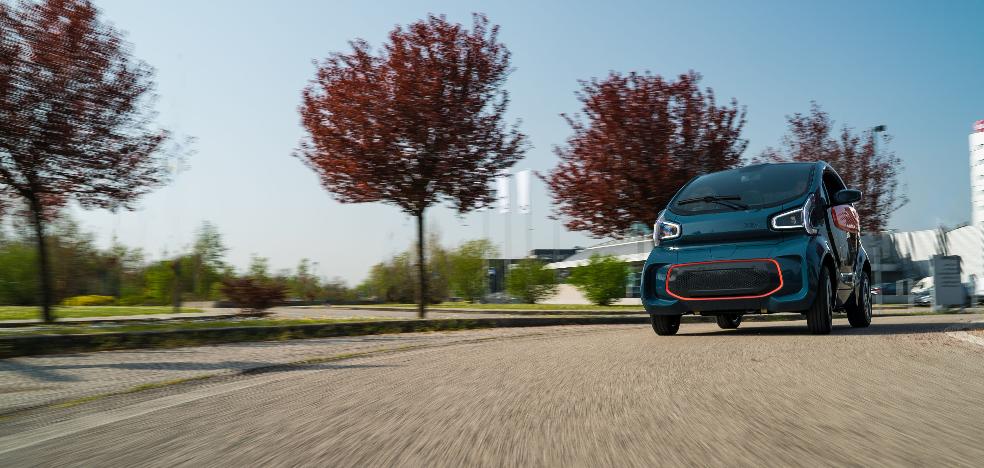During critical manoeuvres, the driver also has an excellent overview of traffic and other road users via the images on the screen.
What driver has never been afraid of failing to detect another vehicle in a blind spot? And this is a
constant danger you face when you go on the road, which has already been reduced thanks to the sensors in the mirrors in new cars. But now the definitive solution may come: replace the traditional mirrors with outdoor cameras and indoor screens.
This is MAN’s innovative digital mirror replacement system OptiView, which does not require classic mirror arms. In particular, removing the door mirrors
increases the direct field of view in trucks In addition, blind spots from the driver and passenger seats are reduced.
During critical manoeuvres, the driver also has an excellent overview of the traffic and other road users via the on-screen images. In addition, the two high-definition screens in the cabin automatically adjust to the ambient lighting so that you can always see the camera image perfectly.
How does it work? The two exterior cameras (focus and wide-angle), installed in the door frames on either side of the truck, replace the side mirrors. Another, placed on the outside on the passenger side, replaces the interior mirror. These cameras can be folded manually, are waterproof and automatically heat up. In addition, they filter glare.
They are installed in the vehicle
two HD cameras with a resolution of 1920 x 1080 pixels, whose brightness and contrast are adjusted automatically (although they can also be adjusted with some control modules). The one that goes to the driver’s side is 12 inches, while the one on the passenger seat is 15. Guides can be drawn on both to better assess the distance and length of the vehicles.
In addition, MAN OptiView can generate three different camera images, so that the driver always has the perfect visual set-up. The display in the vehicle changes automatically based on direction of travel, vehicle speed and steering angle, but can also be done manually with the door control module on the driver and passenger side.
default view: The field of view shown in the standard view is similar to the field of view of a conventional rear-view mirror. A vertical and horizontal dividing line divides the screen into four asymmetric quadrants. Fields of view for the door mirrors, wide angle mirrors and curb mirrors are displayed in these quadrants. The camera images have been digitally merged into one continuous image so that you can quickly and safely see the area to the sides and behind the vehicle.
view with ‘zoom’: In the zoom view, you can pre-detect objects that are further away, such as vehicles approaching from behind in the next lane. Therefore, the quadrant with the wing mirror has a significantly larger area of the screen. The zoom display is automatically activated at a speed above 60 km/h and can also be activated manually, for example when you back up.
wide angle view: In this view, only the wide-angle area appears on the screen, allowing you to see the vehicle’s surroundings without blind spots. The driver can choose between two modes: With automatic city detection, the wide-angle view is activated automatically at a speed of 45 km/h and with automatic bend detection at a speed of 50 km/h when the turn signal is on or a certain angle between the vehicle and the trailer has been reached.
Source: La Verdad
I am Ida Scott, a journalist and content author with a passion for uncovering the truth. I have been writing professionally for Today Times Live since 2020 and specialize in political news. My career began when I was just 17; I had already developed a knack for research and an eye for detail which made me stand out from my peers.



-U84507027663gGr-984x468.jpg)